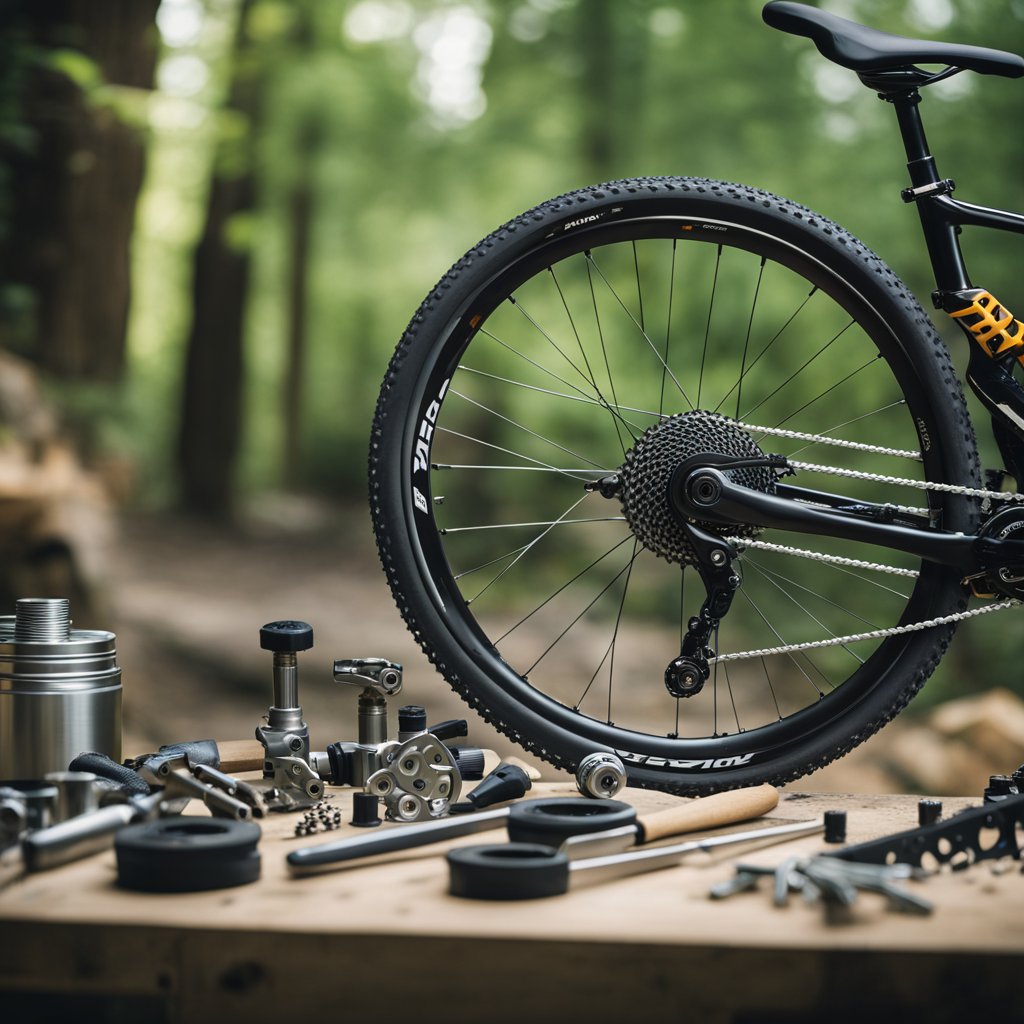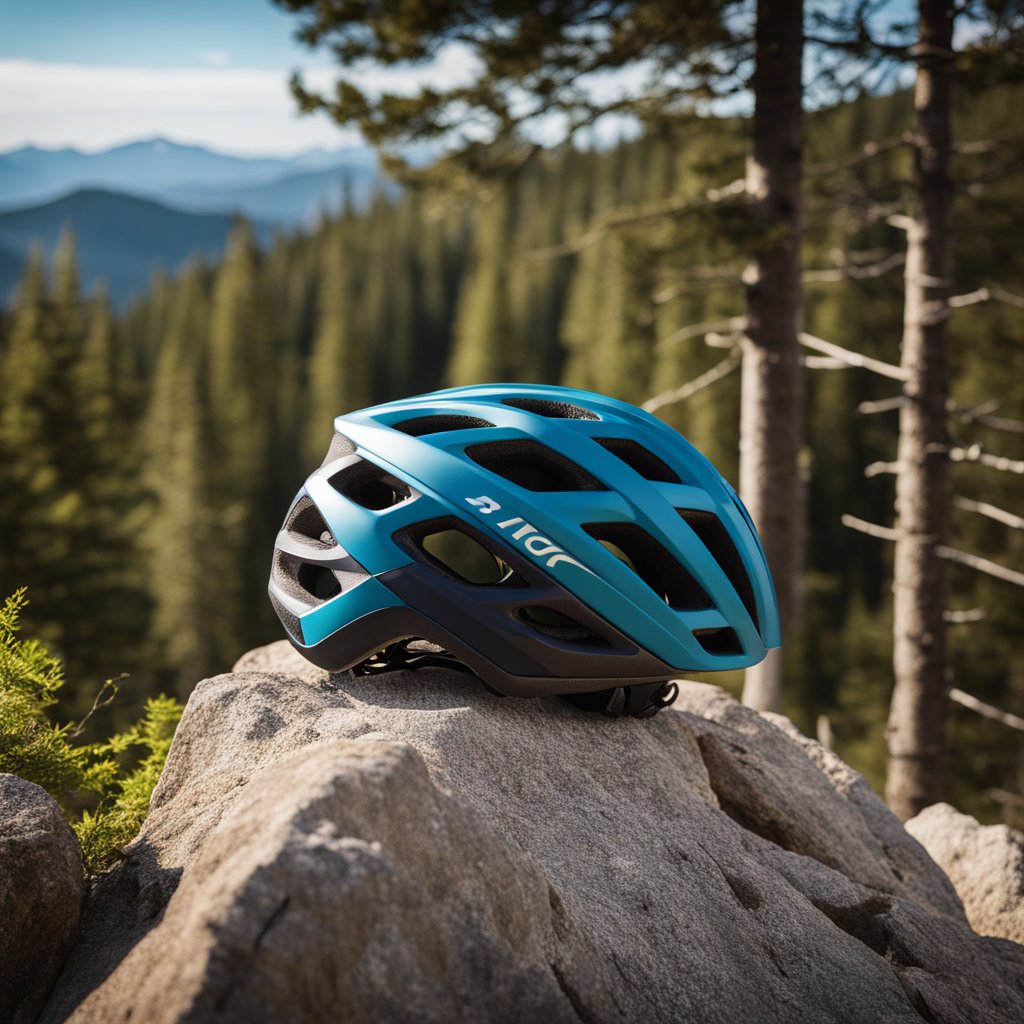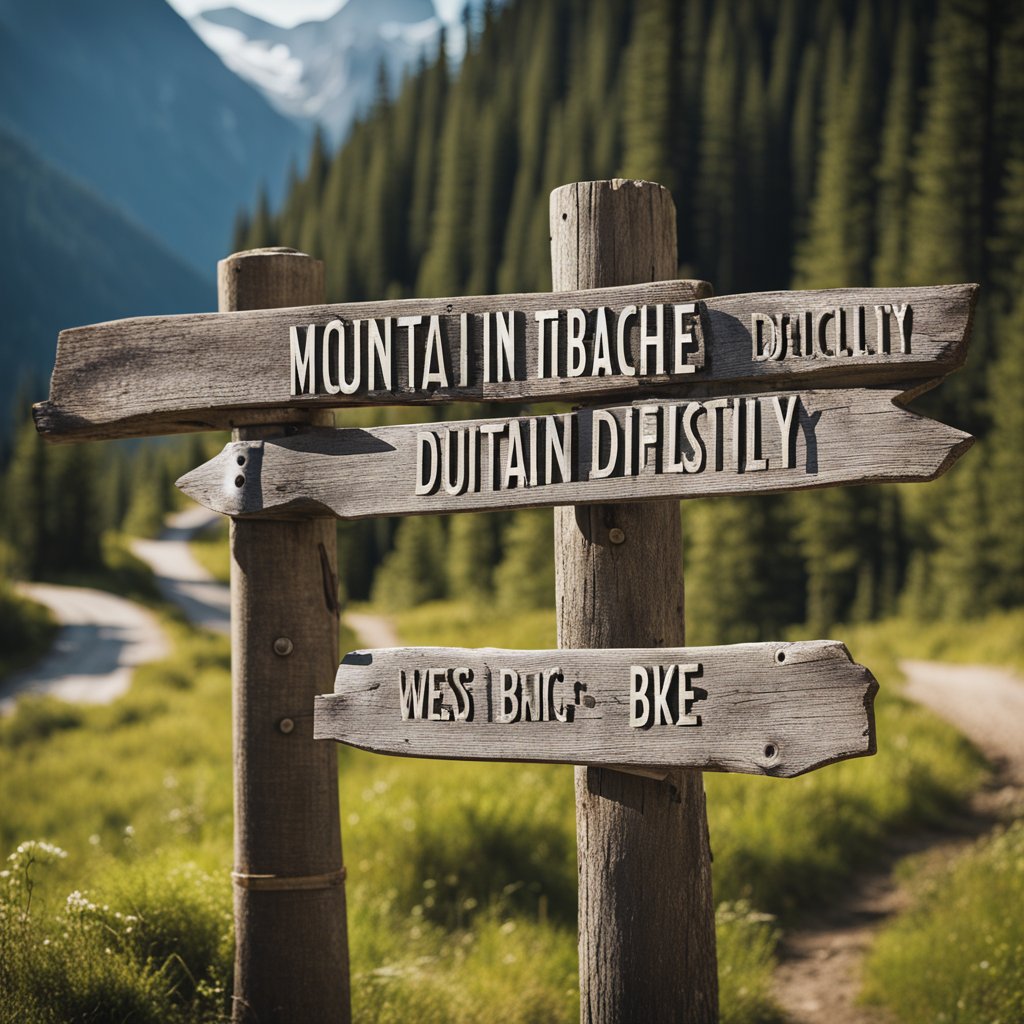If you’re in the market for a new mountain bike or just want to upgrade your current ride, one of the most important decisions you’ll have to make is choosing the right wheel size. The diameter of your mountain bike wheels can have a significant impact on your overall riding experience, from speed and maneuverability to comfort and stability. With so many different sizes and styles to choose from, however, the decision can be overwhelming.
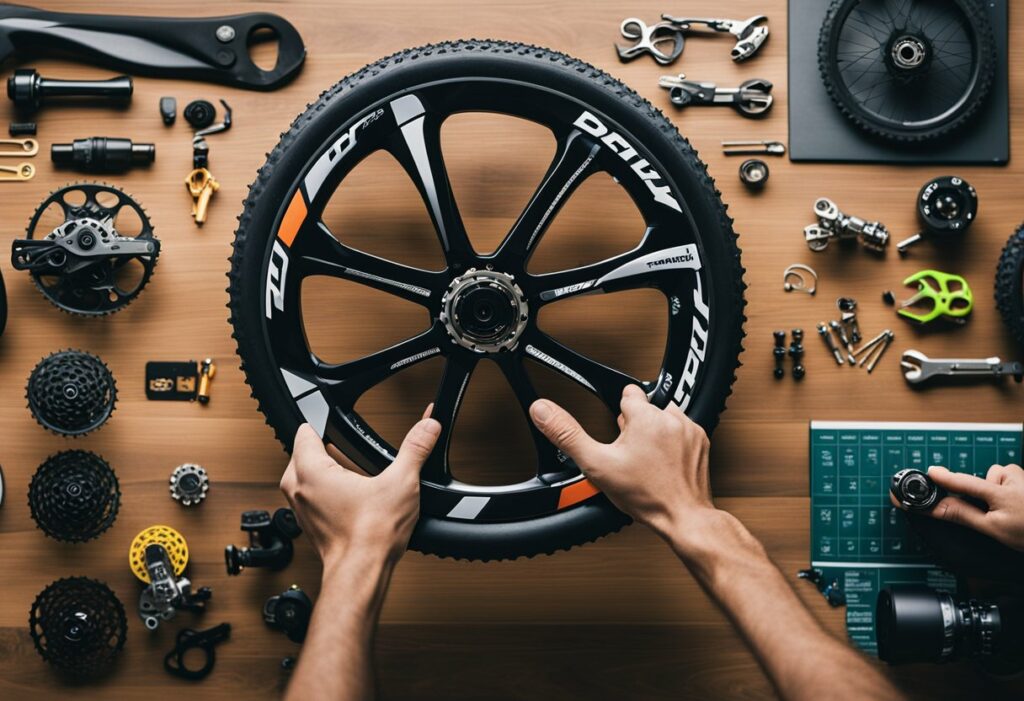
Understanding mountain bike wheel sizes is the first step toward making an informed decision. There are three main wheel sizes to consider: 26-inch, 27.5-inch, and 29-inch. Each size has its own advantages and disadvantages, depending on your riding style and terrain. For example, smaller wheels are generally more nimble and easier to maneuver, while larger wheels offer better traction and a smoother ride over rough terrain.
Factors influencing wheel size performance include your body size and weight, riding style, and the type of terrain you’ll be riding on. For example, if you’re a smaller rider or enjoy technical downhill riding, a smaller wheel size may be more appropriate. On the other hand, if you’re a larger rider or prefer cross-country riding, a larger wheel size may be a better fit. It’s important to consider these factors when selecting the right wheel size for your needs.
Key Takeaways
- Understanding the differences between mountain bike wheel sizes is crucial for making an informed decision.
- Factors such as body size, riding style, and terrain should be taken into account when selecting the right wheel size.
- Technical considerations and compatibility should also be considered when choosing a mountain bike wheel size.
Understanding Mountain Bike Wheel Sizes
When shopping for a mountain bike, one of the most important decisions you’ll make is choosing the right wheel size. Understanding the differences between 26-inch, 27.5-inch, and 29-inch wheels can help you make an informed decision that will impact your riding experience.
The Evolution of Wheel Size Standards
Mountain bike wheel sizes have evolved over time, with 26-inch wheels once being the standard for most bikes. However, in recent years, larger wheel sizes have gained popularity, offering benefits like better traction, smoother ride, and improved stability.
The ISO (International Organization for Standardization) and ETRTO (European Tire and Rim Technical Organization) have established standards for mountain bike wheel sizes. The size of a wheel is determined by its diameter, which is measured in millimeters. For example, a 26-inch wheel has a diameter of 559mm, while a 29-inch wheel has a diameter of 622mm.
Comparing 26-Inch, 27.5-Inch, and 29-Inch Wheels
Each wheel size has its own unique characteristics that make it suitable for different types of riding. Here’s a breakdown of the most common wheel sizes:
- 26-Inch Wheels: Once the standard for mountain bikes, 26-inch wheels are now less common but are still used on some dirt jump, freeride, and kids’ bikes. They offer nimble handling and quick acceleration, making them a favorite among cross-country riders.
- 27.5-Inch Wheels (also known as 650b): These wheels are a newer standard that offers a balance between the agility of 26-inch wheels and the stability of 29-inch wheels. They are a popular choice for all-mountain and enduro riding.
- 29-Inch Wheels: These wheels are the current standard for most mountain bikes. They offer improved traction, smoother ride, and better stability over rough terrain. They are a popular choice for trail and cross-country riding.
It’s important to note that wheel size is just one factor to consider when choosing a mountain bike. Other factors like frame geometry, suspension, and tire selection can also impact your riding experience.
Factors Influencing Wheel Size Performance
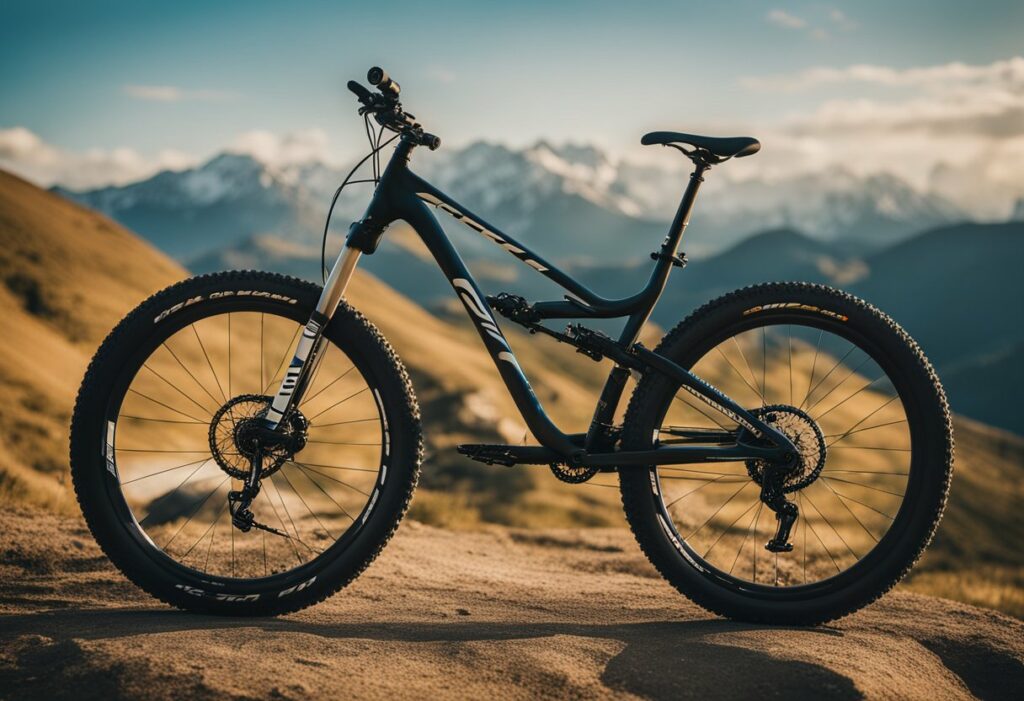
When it comes to choosing the best mountain bike wheel size, there are several factors that can influence its performance. In this section, we’ll take a closer look at some of these factors and how they impact your ride.
Traction and Grip
One of the most important factors to consider when choosing a mountain bike wheel size is traction and grip. A wider tire can provide better traction and grip, especially on loose or uneven terrain. However, wider tires can also increase rolling resistance and make it more difficult to accelerate.
Stability and Momentum
Another factor to consider is stability and momentum. A larger wheel size can provide greater stability and momentum, making it easier to maintain speed and control. However, larger wheels can also be heavier and more difficult to maneuver in tight spaces.
Acceleration and Maneuverability
Acceleration and maneuverability are also important factors to consider. Smaller wheels can provide quicker acceleration and better maneuverability, making them ideal for technical terrain and tight corners. However, smaller wheels can also be less stable and provide less momentum.
In addition to wheel size, tire width and pressure can also impact performance. A wider tire can provide better traction and stability, while a narrower tire can provide better acceleration and maneuverability. The right tire pressure can also improve performance by providing the optimal balance between grip and rolling resistance.
Finally, rim width and angle of attack can also impact performance. A wider rim can provide better support for wider tires, while a narrower rim can provide better acceleration and maneuverability. The angle of attack refers to how high up on the wheel a particular object hits when a bike wheel is rolling. A larger wheel has a lower angle of attack, which means it can roll over obstacles more easily.
By considering these factors, you can choose the best mountain bike wheel size for your riding style and terrain.
Selecting the Right Wheel Size for Your Riding Style

When it comes to choosing the right mountain bike wheel size, it’s important to consider your riding style, body size, and the type of terrain you’ll be riding on. In this section, we’ll explore how to select the best wheel size for your needs.
Rider Size and Bike Fit
One of the most important factors to consider when selecting a mountain bike wheel size is your body size and bike fit. Smaller riders may find 26-inch wheels to be more nimble and easier to handle, while larger riders may prefer the stability and traction of 29-inch wheels. It’s important to choose a wheel size that matches your body size and allows for proper bike fit, as this will help you ride with more confidence and control.
Trail Types and Terrain Adaptation
Another key factor to consider when selecting a mountain bike wheel size is the type of terrain you’ll be riding on. For technical terrain with lots of obstacles, larger wheels like 29-inch may be better at rolling over obstacles and providing stability. For smoother trails and cross-country riding, smaller wheels like 26-inch may provide a more nimble and efficient ride. It’s important to choose a wheel size that matches the type of terrain you’ll be riding on, as this will help you adapt to the trail and ride with more confidence.
Personal Preference and Performance Goals
Ultimately, choosing the right mountain bike wheel size comes down to personal preference and performance goals. Some riders may prefer the feel of a smaller wheel size, while others may prefer the stability and traction of a larger wheel size. It’s important to consider your riding experience and performance goals when selecting a wheel size, as this will help you choose a size that matches your preferences and helps you achieve your riding goals.
When selecting a mountain bike wheel size, it’s important to consider factors such as rider size, trail types, and personal preference. By choosing a wheel size that matches your needs, you can enjoy a smoother ride, greater confidence, and improved performance on the trail.
Technical Considerations and Compatibility
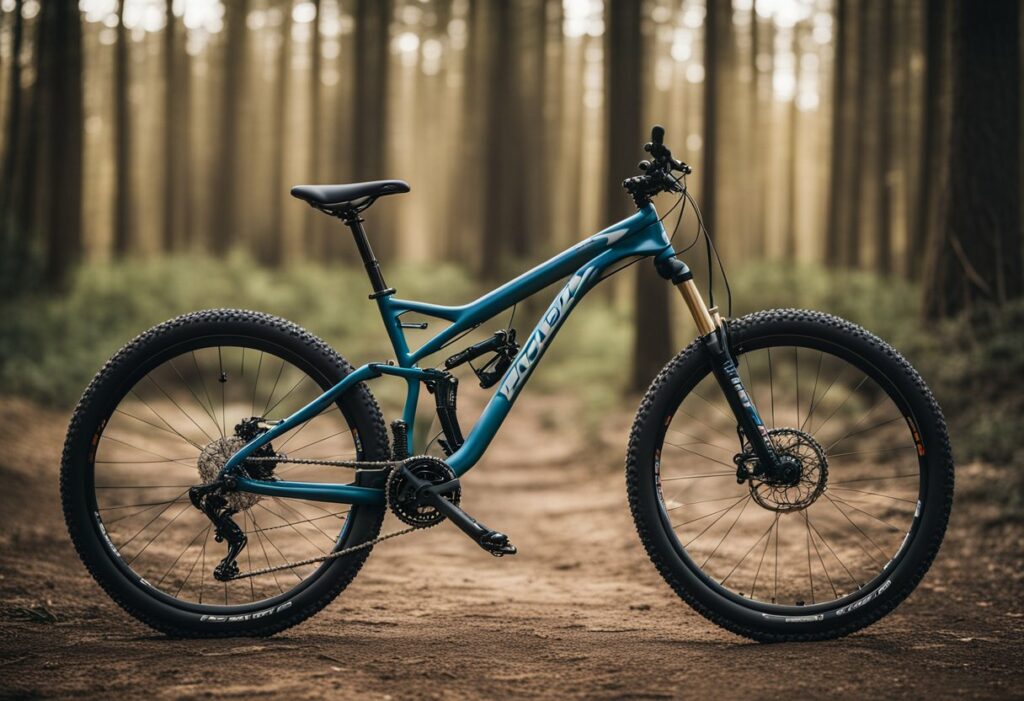
Frame and Fork Constraints
When choosing the best mountain bike wheel size, it is important to consider the compatibility of the wheel size with your bike’s frame and fork. Most modern mountain bikes are designed to be compatible with a specific wheel size, which is usually 26-inch, 27.5-inch, or 29-inch. However, some frames and forks may have constraints that limit the wheel size that can be used.
For example, downhill bikes typically require stronger and more durable wheels, which may limit the choice of wheel size. Boost spacing, which is a wider axle spacing, is becoming more popular and is often used on newer frames and forks, allowing for wider tires and increased stiffness. Additionally, chainstays and suspension travel can also affect the compatibility of wheel size, so it is important to consult your bike’s specifications before making a decision.
Wheelset Specifications and Maintenance
Wheelset specifications and maintenance are also important technical considerations when choosing the best mountain bike wheel size. The strength and stiffness of the wheelset can affect the bike’s handling and performance.
Spokes are a key component of the wheelset and can affect the durability and strength of the wheel. Higher spoke counts can increase the strength of the wheel, but can also add weight. Wheel stiffness is also important for precise handling, especially when riding on technical singletrack trails or descents.
The freehub body is another important component of the wheelset that should be considered. Some wheelsets use different freehub body designs, which can affect the compatibility with your bike’s drivetrain.
Regular maintenance of your wheelset is also important for ensuring optimal performance and longevity. This includes checking spoke tension, truing the wheel, and cleaning and lubricating the hub.
Overall, when choosing the best mountain bike wheel size, it is important to consider the technical specifications and compatibility with your bike’s frame and fork, as well as the wheelset specifications and maintenance requirements. This will help ensure that you choose a wheel size that is appropriate for your bike’s application and strengths.
Frequently Asked Questions
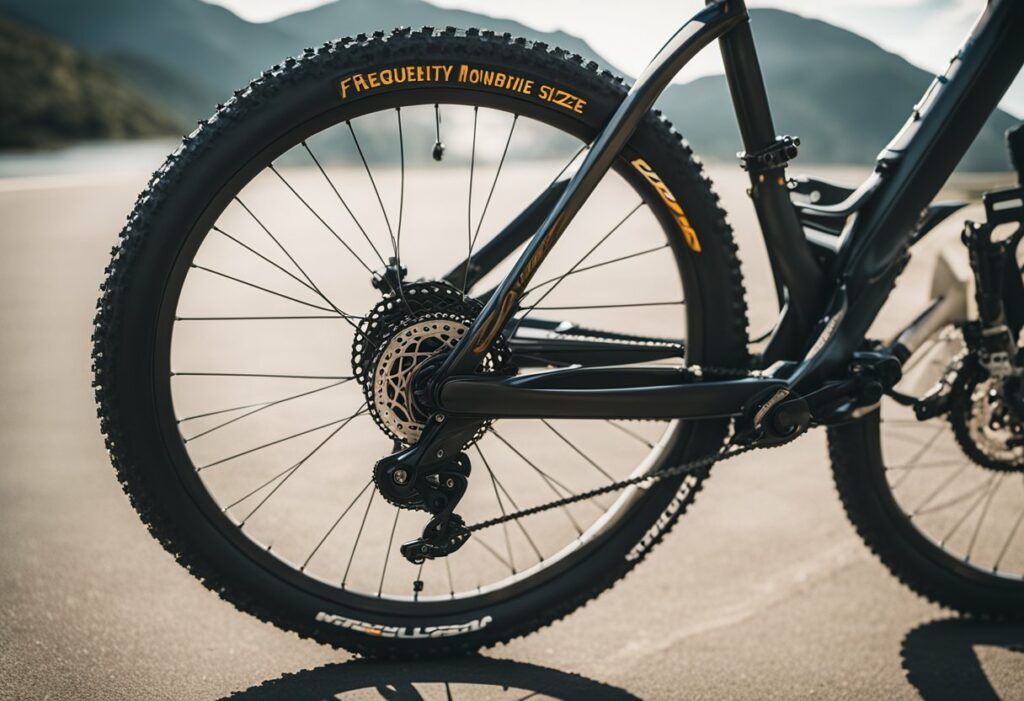
What are the advantages of 29-inch mountain bike wheels compared to other sizes?
29-inch mountain bike wheels offer several advantages over other wheel sizes. They roll over obstacles more easily, making them a great choice for cross-country riding. They also provide better traction and stability, which is especially important when riding at high speeds. Additionally, 29-inch wheels have a larger contact patch, which means that they provide better grip on loose or slippery terrain.
How does rider height affect mountain bike wheel size selection?
Rider height is an important factor to consider when choosing a mountain bike wheel size. Generally, taller riders will benefit from larger wheels, while shorter riders will do better with smaller wheels. This is because larger wheels provide more stability and better traction, while smaller wheels are more nimble and easier to maneuver.
What is the difference in performance between 27.5-inch and 29-inch wheels for mountain biking?
27.5-inch and 29-inch wheels are both popular choices for mountain biking, and each has its own advantages. 27.5-inch wheels are more maneuverable and easier to handle, making them a great choice for technical terrain and enduro riding. 29-inch wheels, on the other hand, are faster and more efficient, making them a great choice for cross-country riding.
For a beginner, which mountain bike wheel size would be the most suitable?
For beginners, a 27.5-inch wheel size is a great choice. These wheels are more nimble and easier to handle, making them a great choice for learning the basics of mountain biking. Additionally, 27.5-inch wheels are more versatile and can be used for a variety of riding styles.
What should I consider when choosing a mountain bike wheel size for downhill riding?
When choosing a mountain bike wheel size for downhill riding, it’s important to consider the terrain and your riding style. 29-inch wheels are a great choice for fast, open terrain, while 27.5-inch wheels are better suited for technical terrain. Additionally, larger wheels provide more stability and better traction, which is important when riding at high speeds.
Can the wheel size of a mountain bike impact the ability to perform jumps and tricks?
Yes, the wheel size of a mountain bike can impact the ability to perform jumps and tricks. Smaller wheels are more nimble and easier to maneuver, making them a great choice for freestyle riding. However, larger wheels provide more stability and better traction, which is important for landing jumps and tricks. Ultimately, the best wheel size for jumps and tricks will depend on your personal riding style and preferences.

Tim is the founder of SimpleMTB and has been mountain biking for decades. He raced in the Ontario Cup series during his teenage years and riding continues to be one of his favorite hobbies now as an adult.
